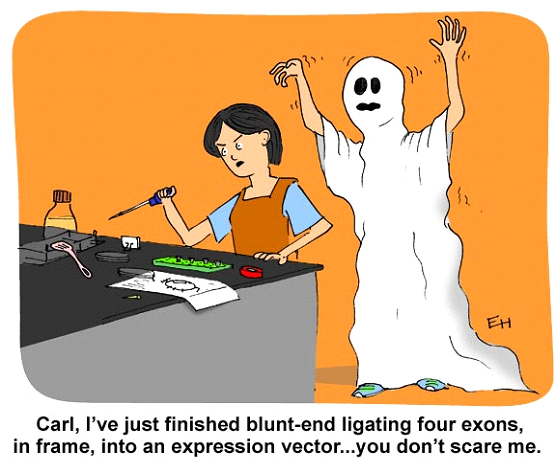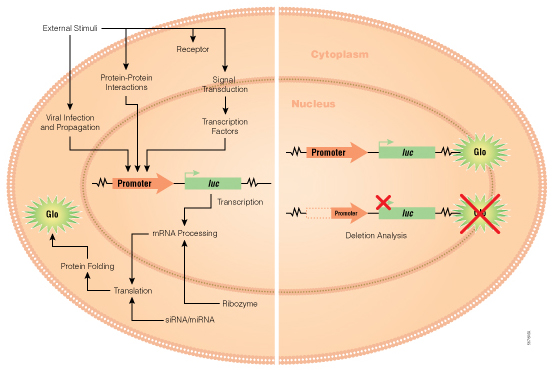Warning: This blog contains stories about phantom serial killers, frankenfoods, mysteriously phosphorylated bands and unrequited ligations that may be disturbing to some people. Children or scientists prone to anxiety over irreproducible results should read this with their eyes shut.
I
Clouds hung low in the sky, and the late October wind howled between the buildings, rattling the window panes of the basement laboratory. The grackles cawed in desperate warning, their flocks changing the evening color palette from gray to black. I was as unsettled as the weather, watching my blot slosh back and forth.
Continue reading “Control Samples: 3 Terrifying Tales for Scientists”

